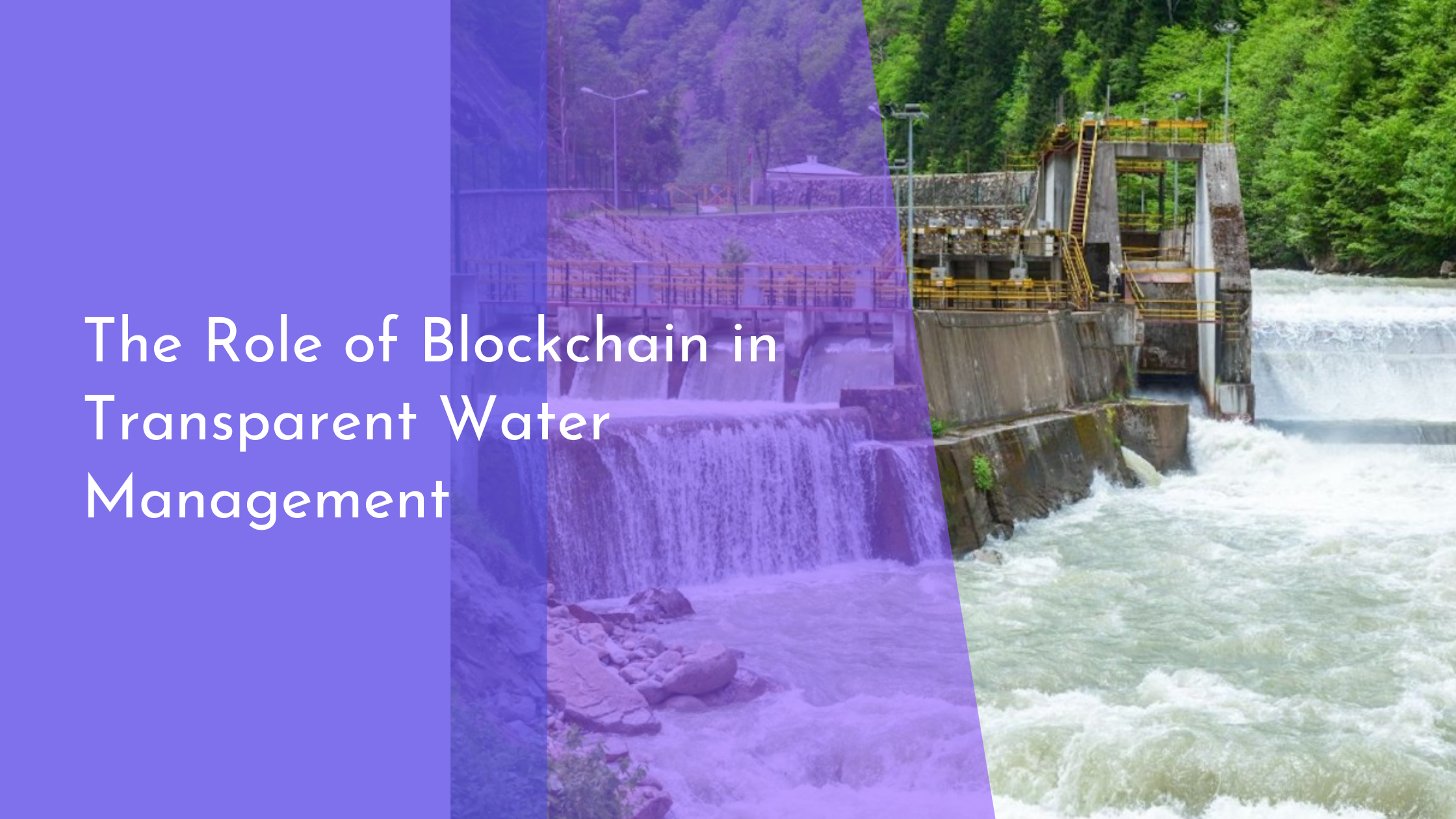The Role of Blockchain in Transparent Water Management
Blockchain technology, often associated with cryptocurrencies like Bitcoin, has attracted attention across various industries for its potential to revolutionize traditional processes. One such area is water management. As the world grapples with water scarcity and inefficient resource management, blockchain offers a promising solution for enhancing transparency and accountability. This article delves into how blockchain can play a pivotal role in transforming water management systems, ensuring sustainable and equitable distribution of this vital resource.
Understanding Blockchain Technology Basics
Blockchain is a decentralized digital ledger system that records transactions across multiple computers. This technology ensures that the recorded information is not easily altered, creating a secure and tamper-proof record. Each block in the chain contains a list of transactions and a reference to the previous block, forming a continuous chain. This structure provides an immutable history of data, allowing stakeholders to verify and trust the information without needing a central authority. The key features of blockchain—decentralization, transparency, and security—make it an ideal tool for improving various sectors, including water management.
The beauty of blockchain lies in its ability to offer transparency and build trust among stakeholders. In water management, this transparency can manifest through the secure recording and tracking of water usage and distribution. By providing an auditable history of transactions, blockchain can help ensure that water resources are managed efficiently and equitably. This can lead to more informed decision-making, fostering collaboration among governments, organizations, and communities working to optimize water resource management.
Enhancing Water Resource Transparency
Incorporating blockchain into water management can greatly enhance transparency by providing real-time data on water resources. This can include everything from monitoring water levels and quality to tracking distribution and consumption patterns. With blockchain, stakeholders have access to a unified and reliable source of information, reducing the chances of data manipulation or inaccuracies. This level of transparency can empower communities to hold water management authorities accountable and drive more sustainable practices.
Blockchain can also play a crucial role in improving transparency in water trading markets. By utilizing smart contracts, which are self-executing contracts with the terms of the agreement directly written into code, blockchain can facilitate efficient and transparent water trades. These contracts ensure that all parties involved adhere to the agreed-upon terms, reducing disputes and fostering trust among participants. This can lead to more efficient water markets, where resources are allocated based on need and availability rather than favoritism or corruption.
Case Studies: Blockchain in Water Management
Several pioneering projects have already demonstrated the potential of blockchain in water management. One notable example is the use of blockchain technology in managing water rights and trading in Australia. By implementing blockchain, stakeholders in the Murray-Darling Basin can track water allocations and trades with greater accuracy and transparency. This helps prevent over-extraction and ensures that water is distributed according to established rights and regulations, promoting a more sustainable use of the resource.
Another promising case is the deployment of blockchain in agricultural water use in India. Farmers often face challenges in accessing reliable information about water availability and quality, leading to inefficient irrigation practices. Blockchain-based platforms are being developed to provide farmers with real-time data on water resources, helping them make more informed decisions about irrigation. This not only improves agricultural productivity but also contributes to the sustainable management of water resources in the region.
The Future of Water Management with Blockchain
The integration of blockchain in water management is poised to drive significant changes in how resources are monitored, allocated, and consumed. As more water management authorities and stakeholders embrace this technology, we can expect to see a shift towards more collaborative and transparent water governance models. Blockchain’s ability to provide a secure and immutable record of water-related data will enable better planning and resource allocation, minimizing waste and promoting sustainability.
Looking ahead, advancements in blockchain technology, such as increased scalability and integration with other emerging technologies like IoT and AI, will further enhance its capabilities in water management. These innovations can lead to the creation of smart water management systems that automatically optimize resource distribution and detect issues in real time. As blockchain continues to evolve, its role in fostering transparent and efficient water management will only grow, offering hope for a future where water resources are managed sustainably and equitably.
As the global demand for water continues to rise, efficient and transparent management of this precious resource becomes increasingly crucial. Blockchain technology offers a promising solution by enhancing transparency, accountability, and efficiency in water management systems. By adopting blockchain, stakeholders can ensure the sustainable distribution and use of water resources, paving the way for a future where water scarcity is effectively managed. As we continue to explore and implement blockchain solutions, we move closer to a world where water management is not only transparent but also equitable and sustainable for all.

